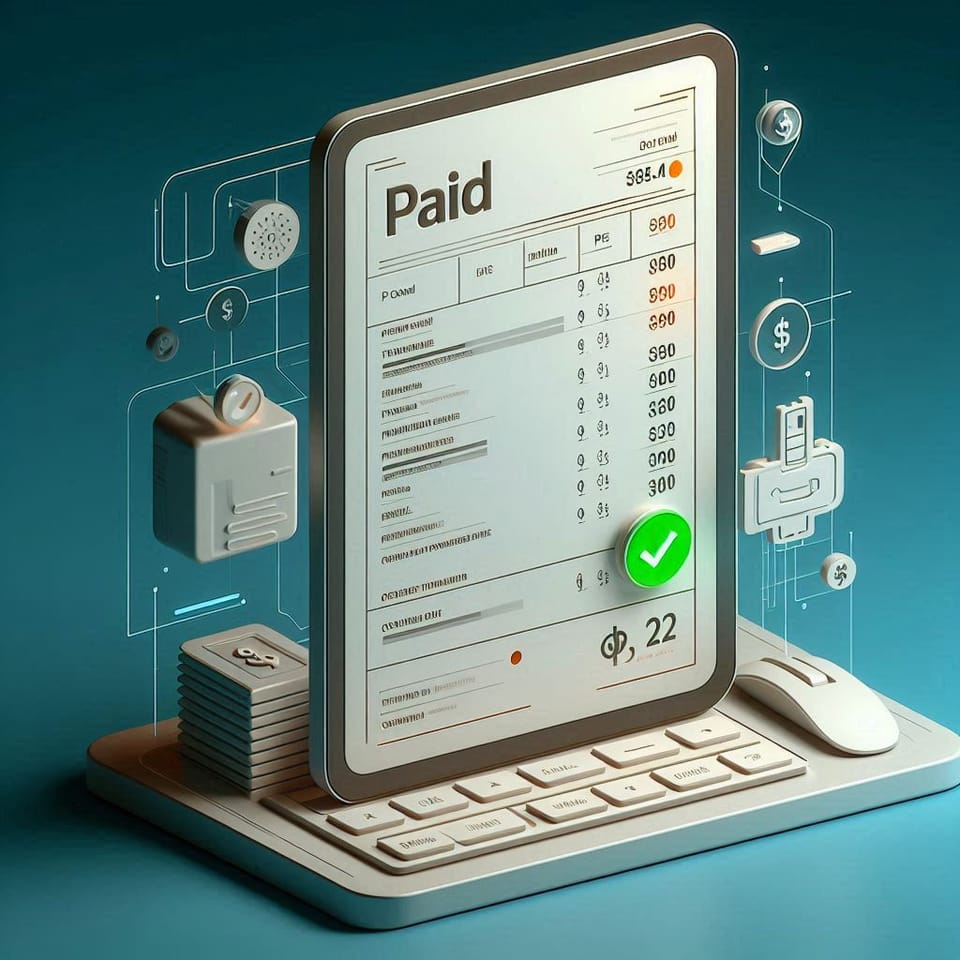The User-Centric Advantage in EIPP Implementation

User-centricity is the cornerstone of successful Electronic Invoice Presentment and Payment (EIPP) implementation. CFOs and financial decision-makers must prioritize the needs and preferences of end users, including suppliers, customers, and internal teams, to ensure the seamless adoption and long-term success of these solutions.
In this article, you learn why user-centric design is key for the long-term adoption and success of EIPP solutions. Moreover, by collaborating with strategic partners like WDIR, CFOs can implement EIPP solutions that not only streamline financial operations but also provide an exceptional user experience.
The Importance of User-Centricity in EIPP Implementation
User-centricity is essential in the implementation of Electronic Invoice Presentment and Payment (EIPP) solutions due to its profound impact on user adoption, satisfaction, and overall system efficiency.
As businesses increasingly shift towards digital solutions, the expectations of users—whether they are suppliers, customers, or internal teams—have evolved. They demand seamless, intuitive experiences that cater to their specific needs and preferences.
Increases User Adoption: When users find the system intuitive and easy to use, they are more likely to embrace the new technology.
Reduces Training Costs: Intuitive design minimizes the need for extensive training, saving time and resources.
Enhances Customer Satisfaction: A positive user experience strengthens customer relationships and loyalty.
Improves Data Accuracy: User-friendly interfaces reduce data entry errors and discrepancies.
Boosts Productivity: Streamlined processes allow users to work more efficiently, freeing up time for strategic tasks.
Key Aspects of User-Centric EIPP Design
1. Setting Clear Expectations
Users should have a clear understanding of the EIPP process, including the steps involved, the information required, and the expected timeline for invoice processing and payment. Providing this information upfront helps set realistic expectations and reduces confusion.
2. Intuitive Navigation
The EIPP interface should be easy to navigate, with clear and logical organization of features and functionalities. Users should be able to quickly find the information they need and perform common tasks without difficulty.
3. Personalized Experience
EIPP solutions should offer personalized features, such as the ability to customize invoice templates, set preferred payment methods, and receive notifications based on individual preferences. This level of customization enhances user engagement and satisfaction.
4. Transparency and Communication
Effective communication is crucial throughout the EIPP process. Users should have access to real-time updates on invoice status, payment progress, and any issues that may arise. Transparency builds trust and helps users stay informed.
5. Powerful Microcopy
Microcopy, or the small bits of text that guide users through an interface, plays a significant role in the user experience. Well-crafted microcopy should be clear, concise, and helpful, providing users with the information they need at the right time.
6. Responsive Design
EIPP solutions should be designed to work seamlessly across various devices and screen sizes, ensuring that users can access and interact with the system from anywhere, at any time. Responsive design enhances accessibility and convenience.
7. Continuous Improvement
User-centric design is an ongoing process. CFOs should regularly gather feedback from users, monitor usage patterns, and collaborate with UX agencies to identify areas for improvement. By continuously refining the EIPP solution based on user needs, CFOs can ensure that the system remains effective and engaging over time.
Consequences and Efficiencies Created by User-Centric EIPP
Improved User Adoption and Satisfaction
When EIPP solutions are designed with the user in mind, adoption rates tend to be higher, and user satisfaction levels increase. This leads to better overall engagement with the system and more efficient invoice processing.
Enhanced Productivity and Efficiency
User-friendly interfaces and streamlined processes enable users to work more efficiently, reducing time spent on manual tasks and minimizing errors. This boost in productivity translates to cost savings and improved financial performance.
Stronger Customer Relationships
A positive user experience with EIPP solutions can help strengthen customer relationships by demonstrating a commitment to providing a seamless and convenient invoicing and payment process. This can lead to increased customer loyalty and repeat business.
Better Data Quality and Reporting
By minimizing data entry errors and discrepancies, user-centric EIPP solutions provide more accurate and reliable data for reporting and analysis. This enables CFOs to make more informed decisions and gain a clearer picture of the company's financial health.
Conclusion
User-centricity is the key to successful EIPP implementation. By collaborating with UX agencies like WDIR to design intuitive, personalized, and transparent EIPP solutions, CFOs can ensure that end users have a positive experience, leading to higher adoption rates, improved productivity, and stronger customer relationships.
As businesses continue to embrace digital transformation, prioritizing user experience will be crucial for CFOs looking to optimize their financial operations.
